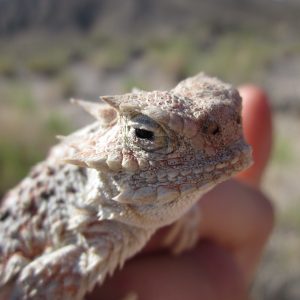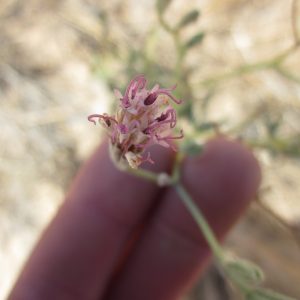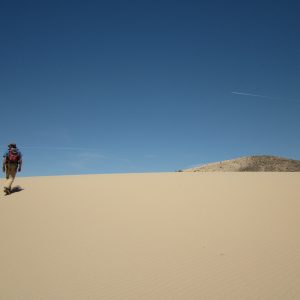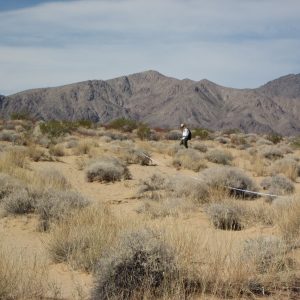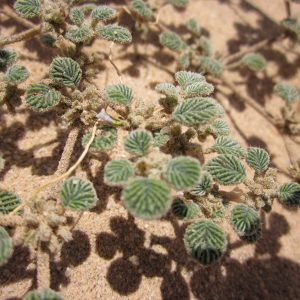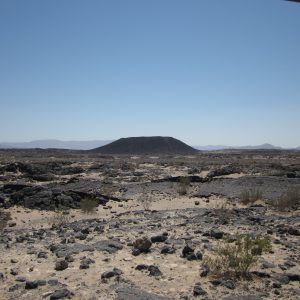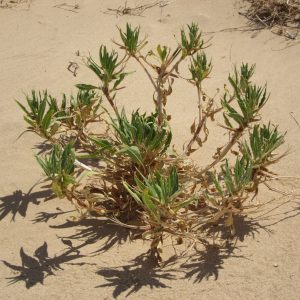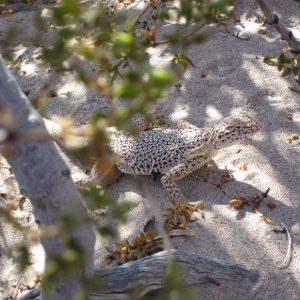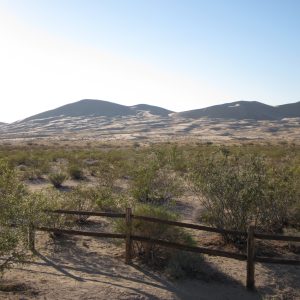Well it is time for my final blog. This experience began in December 2010, when I applied for an internship via the Conservation and Land Management Program. Krissa contacted me to let me know that they had a few positions that I might be interested in. She gave me a few project descriptions and allowed me to choose one of them. One of the projects was at the Palm Springs South Coast Field Office called the Dos Palmas Project. The reason why I chose that project had to deal with the amount that I would be involved with. All of the other projects sounded very specific and focus on a one or two major points, but the Dos Palmas Project seemed to have a lot going on with it.
I was living in South Carolina during that time, and I had to immediately move my life to the other side of the country to California. The farthest west I had been was Tennessee, and I don’t really consider that the West, so I was very excited. March 2nd was when my mentor offered me the job and asked if I could start on the 14th, so about a week after the acceptance I started working on the Dos Palmas project. It was March and my mentor told me that she had already hired someone to replace her, and that the BLM was waiting for all of the paperwork to go through. She was also trying to get another intern, so there would be a total of three people working on the project during the summer.
My new mentor came and went, and so the assistant field manager became my mentor. I and the other intern were the project leads for the Dos Palmas Project. It was a challenge dealing with some of the partners on the project because we were so young , but eventually they realize we knew what we were talking about and respected us for that. I forged new work relationships, and increased my network on a professional level and was very pleased to hear that many of them wanted to keep in contact even after I left.
Because I was taking on so much work, I needed a lot of training. I attended several different training sessions, trainings that have helped me tremendously and trainings that I can use in the future. NEPA, PFC, and the acronyms continue down the list (especially if you work with the BLM).
Despite some of the difficulties I encountered during my internship experience, I would not give up it for the world. I have learned so much, made a lot of connections (both professionally and personal), and seen so much, that despite the difficulties, this has been a great experience. I always wanted to get out of South Carolina, because I wanted to see what else was out there, I never expected to have the time of my life away from “home”.
Again, I am so grateful to have had this opportunity and would like to thank Krissa and Marian for all the hard work that they take care of, in order to make this internship possible for recent college graduates like myself. I recommend applying to this program, it is a great way to get your foot through the door. Good Luck and thanks again Chicago Botanic Garden.







